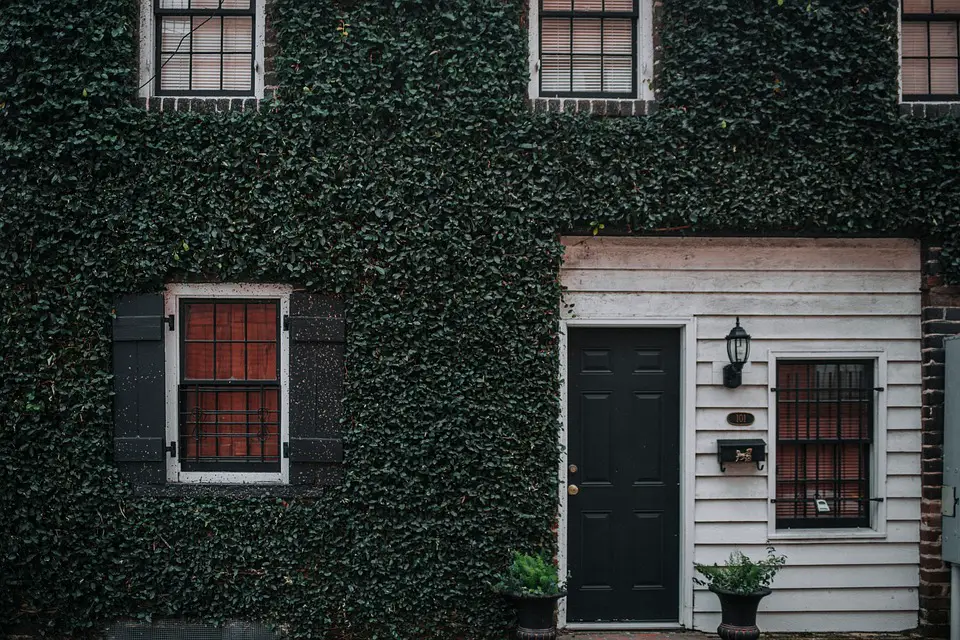Introduction
As urban spaces become increasingly crowded and green spaces dwindle, finding ways to incorporate nature into city living has become a priority. Indoor gardens, also known as indoor vertical gardens or living walls, have emerged as a popular solution to this dilemma. They offer a range of benefits for urban dwellers, from improving air quality to enhancing mental well-being. In this article, we will explore how indoor gardens are revolutionizing urban living and unlocking the potential for a greener and healthier future.
The Benefits of Indoor Gardens
Indoor gardens offer numerous benefits that make them an attractive addition to urban spaces. Firstly, they improve air quality by reducing pollutants and increasing oxygen levels. The plants in an indoor garden filter the air and remove toxins, providing a breath of fresh air in polluted city environments. This cleaner air can have a significant impact on the health and well-being of urban residents.
Secondly, indoor gardens bring nature into urban spaces, creating a sense of calm and tranquility. Studies have shown that exposure to nature has a positive impact on mental health, reducing stress and anxiety. By incorporating greenery into living and working spaces, indoor gardens can provide a much-needed respite from the concrete jungle.
Furthermore, indoor gardens increase energy efficiency. The plants absorb heat and act as natural insulation, reducing the need for air conditioning and heating. This not only saves energy but also reduces the carbon footprint of buildings, contributing to a more sustainable urban environment.
The Rise of Indoor Gardens in Urban Spaces
The popularity of indoor gardens has skyrocketed in recent years as more people recognize their potential in urban settings. With limited outdoor space in crowded cities, indoor gardens offer a creative solution to bring nature indoors. From office buildings and shopping malls to residential complexes, indoor gardens can be integrated into various spaces.
Vertical gardens, where plants are arranged vertically on walls or structures, are particularly prevalent in urban environments. They utilize vertical space effectively and allow for the growth of a wide variety of plants, including herbs, ferns, and flowers. Whether it’s a small herb garden in a kitchen or a striking green feature wall in a corporate office, indoor gardens have become a statement of sustainability and a way to reconnect with nature in urban dwellings.
The Future of Indoor Gardens
As the demand for green and sustainable living continues to grow, indoor gardens are expected to become even more prevalent in urban spaces. Not only do they provide aesthetic appeal, but they also contribute to a healthier and more environmentally friendly lifestyle.
Technological advancements have further expanded the possibilities for indoor gardens. Automated systems for irrigation and lighting allow for easy maintenance, making indoor gardening accessible to a wider audience. Additionally, innovative vertical farming techniques are being developed, enabling urban dwellers to grow their own fresh produce regardless of limited outdoor space.
With ongoing research and development, indoor gardens will continue to thrive and evolve. As they become more integrated into the fabric of urban living, the positive impact on air quality, mental well-being, and sustainable living will only grow stronger.
FAQs
What types of plants are suitable for indoor gardens?
A wide range of plants can thrive in indoor garden environments. Some popular choices include pothos, spider plants, philodendrons, and snake plants. It is advisable to select plants that are well-suited to indoor conditions and require minimal sunlight.
Do I need any special equipment to create an indoor garden?
While some indoor gardens may require specific equipment, such as vertical garden modules or hydroponic systems, a basic indoor garden can be created with simple tools like pots, soil, and adequate lighting. It is important to assess your space and research the specific needs of the plants you choose to ensure their success.
Can indoor gardens be integrated into small living spaces?
Absolutely! Indoor gardens can be adapted to fit any size of living space. Even the smallest apartments can accommodate a few potted plants or a vertical herb garden. Consider utilizing vertical wall space or hanging planters to make the most of limited square footage.
How do indoor gardens impact energy efficiency?
Indoor gardens contribute to energy efficiency by acting as natural insulation. The plants absorb heat, reducing the need for air conditioning in the summer. Additionally, they provide an extra layer of insulation during colder months, reducing heating requirements. This translates to energy savings and a smaller carbon footprint.




